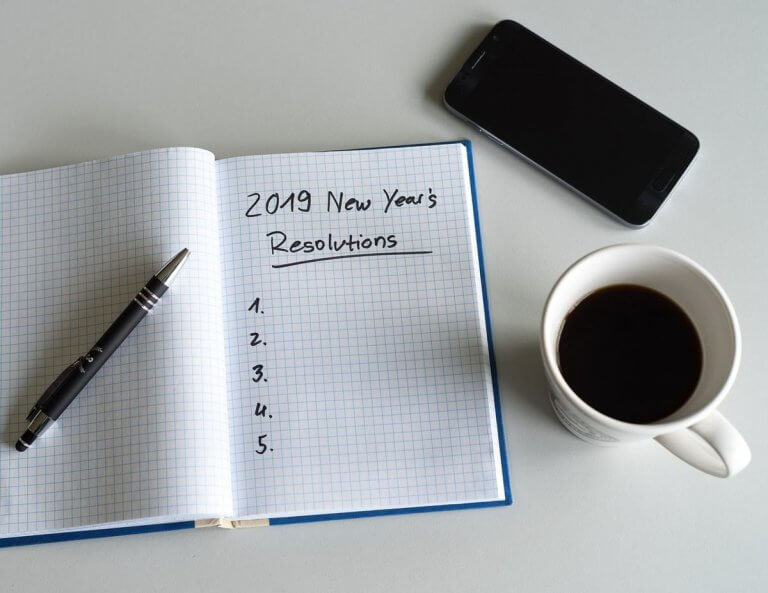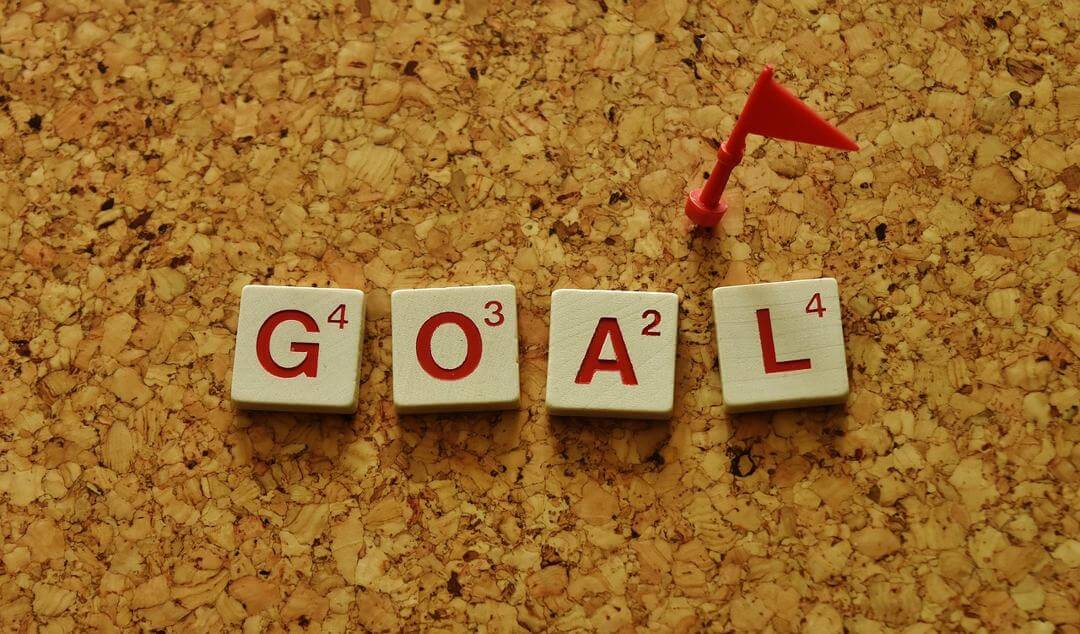Setting Goals in 2019, the SMART Way!

“Setting goals is the first step in turning the invisible into the visible.”
– Tony Robbins
Whether you’re looking to accomplish something in the near-future, or have a long-term goal you would like to start working towards, you must start by identifying and planning your next steps towards achieving these goals.
There are many strategies for tackling goals, but one of the top ones, is that of the SMART goal setting tool.
Before we decode the acronym, let’s clarify that S.M.A.R.T. goal setting is a technique used for breaking down your goals into defined variables that, together, create a more guided, achievable, and measurable goal.
S – Specific

“Your goal should be clear and specific, otherwise you won’t be able to focus your efforts or feel truly motivated to achieve it. When drafting your goal, try to answer the five “W” questions:
- What do I want to accomplish?
- Why is this goal important?
- Who is involved?
- Where is it located?
- Which resources or limits are involved?”
M – Measurable

“Making your goals measurable will help you know when you’re making progress, when you’re on the right track, and it will motivate you to take action.
The important question you should be asking yourself is:
- How will I know when I’ve achieved my goal? How do you know when you’re making progress and how will you know when you’re heading in the right direction?”
A – Attainable

Ask yourself: “Is it humanly possible to achieve this goal?” Believing you can achieve anything you set your mind to is great for pushing forward in life, but when regarding goals, you do need that reality check of having to ask yourself if a goal is realistically attainable or not.
For example, if you set a goal to drop 20 pounds in one week, you A) are either doing it in a very unhealthy/unnatural manner, or B) will not be able to achieve this. Then you will feel disappointed by not achieving your set goal.
Whereas, if from the beginning you planned out your goal with more attainable achievements, you would feel much more motivated and satisfied with the progress. People say trust the process, but it’s so much easier to do so when you see the progress too. Make sure you’re setting attainable goals to keep you on the right track!
R – Relevant

A goal should be relevant. Not all goals need to be something that is close to heart, but in general, if your goal matches up with your core values, you will be more likely to stay motivated in achieving this goal. Just as if it contradicts your core values, you will be more likely to give up on the set goal. The relevance of a goal to the individual, and it’s benefits for the individual, are of utmost importance to comprehend.
Try asking yourself the following questions to help you figure out if the goal you are setting is relevant:
- Why do I want to accomplish this goal?
- Does completing this goal benefit me in any way?
- Do the efforts to attain this goal contradict my core beliefs and values?
- How will this goal add more value to other areas in my life?
T – Timely

“Anyone can set goals, but if it lacks realistic timing, chances are you’re not going to succeed. Providing a target date for deliverables is imperative. Ask specific questions about the goal deadline and what can be accomplished within that time period. If the goal will take three months to complete, it’s useful to define what should be achieved half-way through the process. Providing time constraints also creates a sense of urgency.”
Short-term Goal Example

“Master the Skill of Doing Handstands”
- S – Be able to effortlessly do handstands to increase my core strength and enhance my yoga practice.
- M – Do handstand practices and document progress of doing handstands during yoga practice. Think: How many tries did it take me to get up? How long does it take me to do a handstand and stay stable? Is it becoming easier to do? Can I confidently do a handstand at any moment, and anywhere? Are my handstand skills improving?
- A – Start with creating a handstand practice progression plan. Research to see if you can find examples of a progression plan created and proven to be useful by other similar individuals. You can make use of this to help guide you on your journey to mastering the skill of doing handstands.
- R – Being able to do handstands will boost my self esteem, confidence, flexibility, and I will be gaining a new mastered skill. As well as help me with my breathwork. Besides this, I also thoroughly enjoy practicing yoga, and feel this would benefit my practice.
- T – Create deadlines and dedicated skill-improvement plans for practicing your handstand skills; First 4 weeks dedicated to wall-supported handstands, wrist and core-strengthening exercises; Following 4 weeks dedicated to freestanding handstands; Following 4 weeks dedicated to mastering handstand push-ups; Following 4 weeks dedicated to mastering handstand walks.
Long-term Goal Example

“Hike Around the World”
- S – Based on a list of different hiking terrains, some of which include mountains, on varying continents around the world, I will attempt to hike these in a specified period of time.
- M – By creating a list of specific terrains I would like to hike, I will be able to check off my achievements and review what still needs to be done to complete my goal. I can also measure the distances traveled for each expedition and compare these with Earth’s circumference.
- A – Make sure I am in good shape, endurance-wise, to be able to do long-distance hiking and climbing. Also, gain more expertise with regards to mountaineering and hiking. As well as planning the climbing expeditions with enough time for completing the specific journey being tackled.
- R – Hiking around the world would create various opportunities to be surround by nature and different cultures, which are some things that I value and enjoy experiencing very much.
- T – Create a 5-year plan to hike 14 different mountains around the world. Dedicating at least 2 hiking ventures to each of the world’s 7 continents.
Remember: your biggest obstacle is you.
 All the rest are but challenges, and all challenges have one way or another of being conquered. So, next time you start to come up with excuses why you can’t achieve something, remind yourself why you set the specific goal in the first place, and let your S.M.A.R.T. chart help you achieve your goals.
All the rest are but challenges, and all challenges have one way or another of being conquered. So, next time you start to come up with excuses why you can’t achieve something, remind yourself why you set the specific goal in the first place, and let your S.M.A.R.T. chart help you achieve your goals.
Some resources to help you understand and achieve your goals:
- Long-term and Short-term Goals Defined – view here
- SMART Goals Info Sheet & Planning Template – view here
- “11 Ways To Stay Motivated & Focused To Achieve Your Goals” – Bustle
- “18 Motivational Quotes About Successful Goal Setting” – SUCCESS
Happy goal setting, and achieving, in 2019 !
P.S. Be sure to keep up with us by liking our Facebook page and subscribing to our monthly e-newsletter, The Power-up Report!
Published on January 8th 2019. Written by Megan Rojer.


Sorry, the comment form is closed at this time.